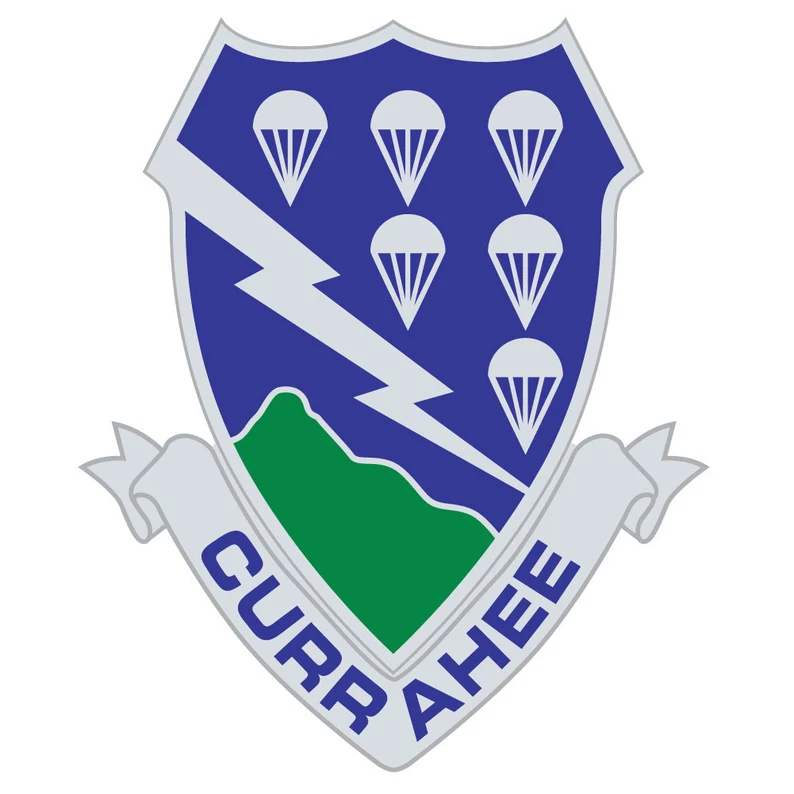
Band of Brothers by historian Stephen Ambrose, and the 2001 HBO miniseries of the same name. One hundred forty men formed the original E Company in Camp Toccoa. A total of 366 men are listed as having belonged to the company by WWII’s end due to transfers and replacements. Forty-nine soldiers of E Company were killed in action. E Company and the rest of the 506th PIR were disbanded in November 1945. It was reactivated in 1954 as a training unit. Under the Combat Arms Regimental System and U.S. Army Regimental System, Easy Company’s lineage and history is carried on as Alpha “Easy” Company, 2-506 Infantry, in Third Brigade Combat Team, “Rakkasan” of the 101st Airborne Division. “Currahee” was the cry of the 506th paratroopers as they cleared the door on their first jump, and it continued to be their cry when in combat. Currently, 90 members of Army TWS have served with this unit. Currahee Mountain, located in Stephens County, Toccoa, Georgia, gave the 506th Parachute Infantry Regiment the motto. Currahee came from gurahiyi, a Cherokee word possibly meaning “stand alone.” E Company, 2nd Battalion of the 506th Parachute Infantry Regiment of the 101st Airborne Division, the “Screaming Eagles”, has been a company in the United States Army. The company was referred to as “Easy” after the radio call for “E” in the phonetic alphabet used during World War II. The experiences of its members during that war are the subject of the 1992 book.
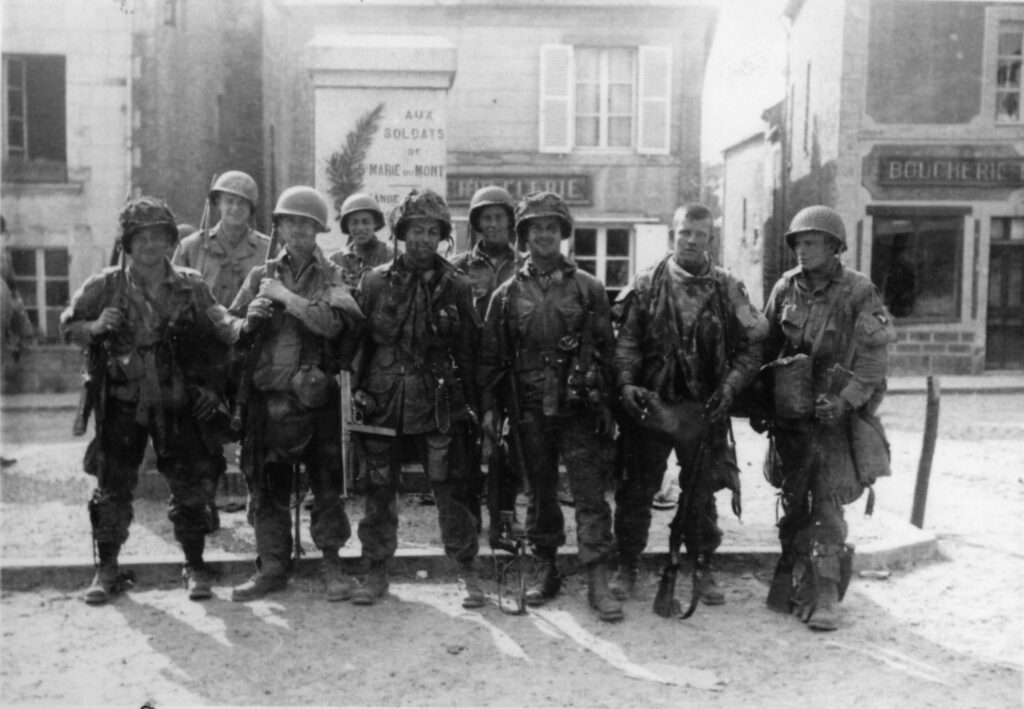
The Chronological Lineage and Honors of the 506th Infantry Regiment
Charles Bowery, Jr, Chief of Military History, office of the Secretary of the Army, wrote a chronological lineage of this unit:
1ST BATTALION, 506TH INFANTRY REGIMENT (CURRAHEE):
• Constituted Jul. 1 1942, in the Army of the United States as Company A, 506th Parachute Infantry
• Activated Jul. 20 1942, at Camp Toccoa, Georgia
• (506th Parachute Infantry assigned Mar. 1 1945, to the 101st Airborne Division)
• Inactivated Nov. 30 1945, in France
CAMPAIGNS:
World War II
• Normandy (with arrowhead)
• Rhineland (with arrowhead)
• Ardennes-Alsace
• Central Europe
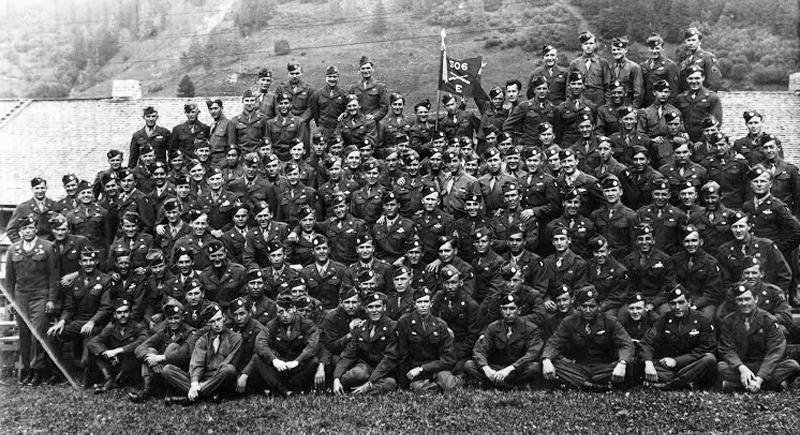
DECORATIONS:
• Presidential Unit Citation (Army), Streamer embroidered NORMANDY
• Presidential Unit Citation (Army), Streamer embroidered BASTOGNE
• French Croix de Guerre with Palm, World War II, Streamer embroidered NORMANDY
• Netherlands Orange Lanyard
• Belgian Croix de Guerre 1940 with Palm, Streamer embroidered BASTOGNE; cited in the order of the Day of the Belgian Army for action at Bastogne
• Belgian Fourragere 1940 *Cited in the Order of the Day of the Belgian Army for action in France and Belgium
The 506th Infantry Regiment’s Bravery in Key WWII Battles
“Early on the morning of D-Day, after their horrific jump into Normandy France, in its first combat action, Easy Company, 506th Parachute Infantry Regiment captured and put out of action a German battery of four 105 mm cannon that were looking down on Utah beach. The company led the way into Carentan, fought in Holland, held the perimeter at Bastogne, led the counteroffensive in the Battle of the Bulge, fought in the Rhineland campaign, and took Hitler’s Eagle’s Nest. At its peak of effectiveness in Holland in October 1944 and in the Ardennes in January 1945, it was as good a rifle company as there was in the world. (Ambrose, 15-16) The 132 enlisted men and eight officers comprised Easy Company. Each of them had volunteered to be airborne infantry soldiers, to jump out of airplanes for two profound, personal reasons. First was the desire to be better than the other guy, and second, they knew they were going into combat and didn’t want to go with poorly trained, poorly conditioned, poorly motivated draftees on either side of them. Stephen E. Ambrose states, “When the shooting started, they wanted to look up to the guy next to them, not down.”
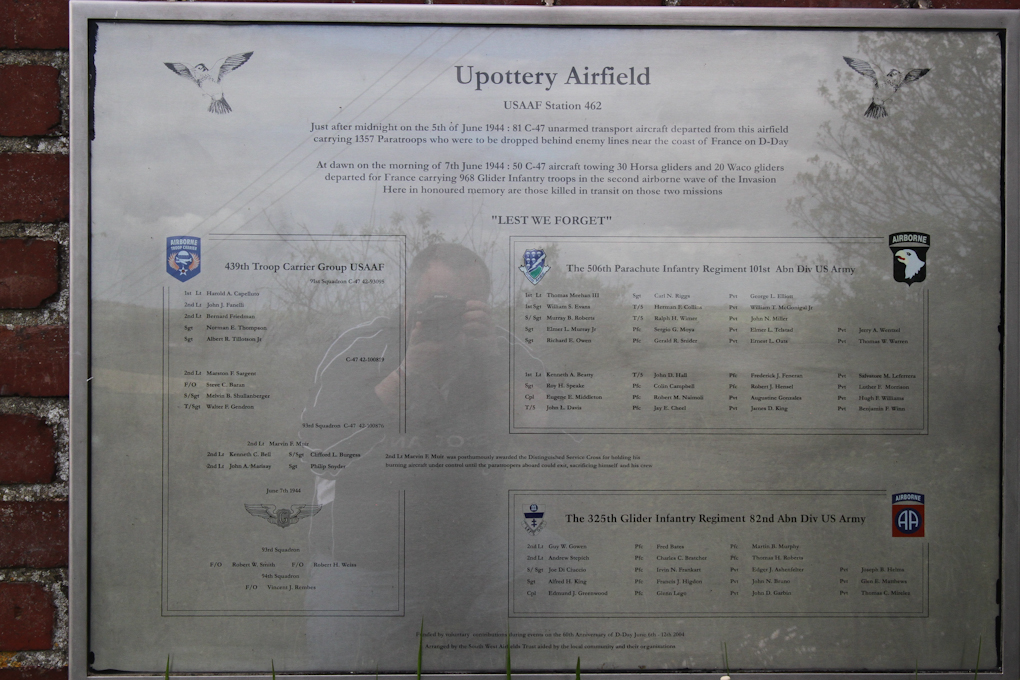
“The unit’s coat of arms portrays the winged sword-breaker representing AIRBORNE troops. The conjoined caltraps stand for the enemy line of defense, behind which paratroopers are dropped. They are two in number in reference to the unit’s two air assault landings. The fleur-de-lis is for the Normandy invasion, and the bugle horn from the arms of Eindhoven, Holland, refers to the organization’s capture of that objective. The spikes of the caltraps stand for the unit’s World War II decorations. The demi-roundel represents a section of the hub of a wheel. It stands for Bastogne, Belgium, a strategic crossroads of highways and railways. The hub, surmounted by the winged sword-breaker, commemorates the organization’s heroic defense of Bastogne in the Battle of the Bulge.

Currahee Mountain further represents the foundation of the 506th’s training. On this tough, rugged little mountain, the men of the 506th were sufficiently hardened to break the world forced march record of 115 miles held by the Japanese Army. The 506th gained nationwide attention for this feat.”
“Fifty-eight hundred men tried to meet the physical and mental tests Colonel Robert Sink set for his regiment. Only 1,948 made the grade. Sink’s task was to put his men through basic training, harden them, teach them about infantry tactics, prepare them for jump school, and lead them in for combat. After Camp Toccoa came to Fort Benning, Georgia, and the grueling weeks of jump school. Then, the paratroopers of the 506th traveled to Fort Bragg to join the 101st Airborne Division in July 1943. Sink’s old boss, Major General William C. Lee, commanded the 101st, known as the “Screaming Eagles” for the eagle’s head on their shoulder patch. Lee was preparing his Division for the greatest challenge of World War II, the invasion of Europe. Deployment to England came at the end of 1943, and the training became even more intense. On Jun. 6, 1944, D-Day, the men of Easy Company had their rendezvous with destiny as they jumped into the night sky over Normandy, France. The liberation of Europe was underway. From France through Holland, the Battle of the Bulge and then deep into Germany, the men of Easy Company fought long, bitter battles with Hitler’s Army, proving conclusively that the Germans were not the “master race”.
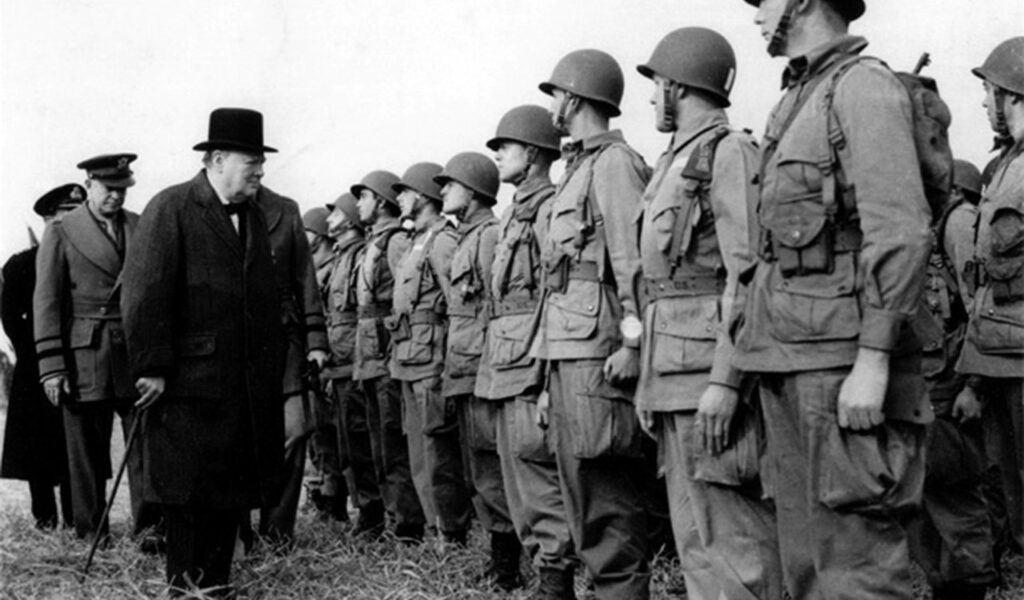
The 506th Infantry Regiment’s Lasting Legacy
Today, the successors of the 1st Battalion, 506th IR, are based at Fort Campbell, KY, and call themselves “Red Currahee.” The 506th Infantry Regiment has had a powerful lineage ever since its initial activation on Jul. 20, 1942. Since World War II, the 506th has been inactivated, reactivated, and redesignated several times. They have served different brigades, divisions and military posts. The 1st and 2nd Battalions of the 506th Inf. Regt. reunited in September of 2005 under the colors of the 4th Brigade Combat Team, 101st AD., and have since had two separate deployments in support of Operation Enduring Freedom. The last group of soldiers of the 4th Brigade Combat Team “Currahee,” 101st Airborne Division (Air Assault), consisting mainly of soldiers with the 2nd Battalion, 506th Infantry Regiment, returned home in the early hours of Jan. 26, 2014, marking the end of an era for the brigade. Many monuments, memorials, books, videos, and films have been created to honor their legacy.
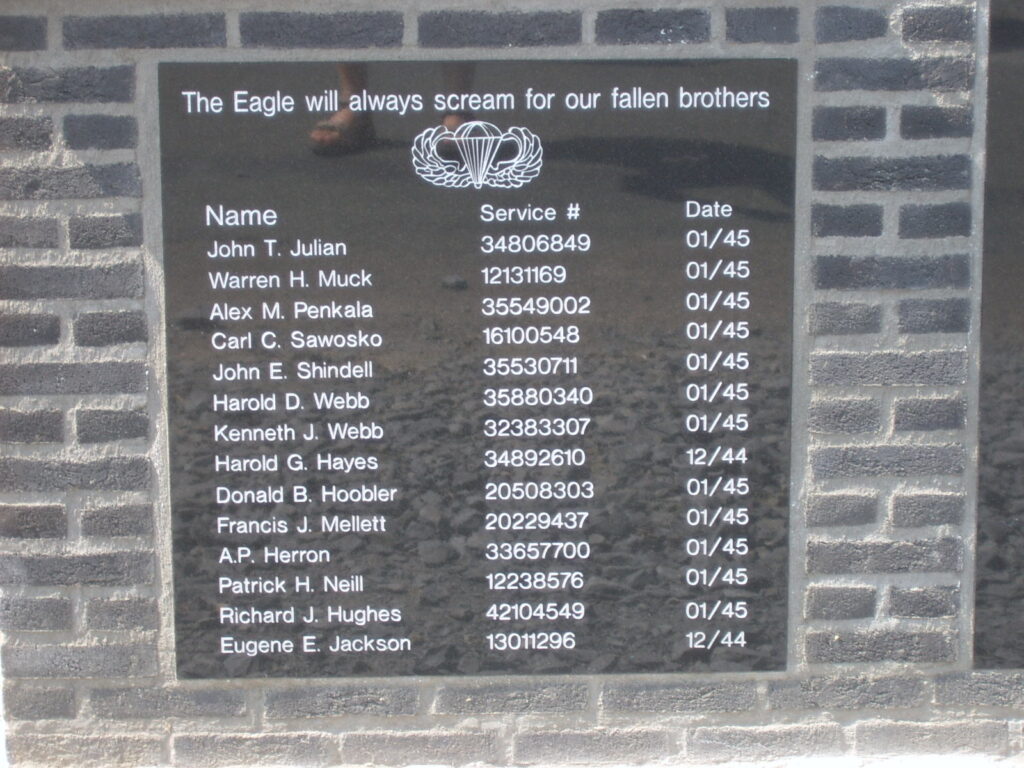
Read About Other Famous Military Units
If you enjoyed learning about the 506th Infantry Regiment, we invite you to read about other Famous Units on our blog. You will also find military book reviews, veterans’ service reflections and more on the TogetherWeServed.com blog. If you are a veteran, find your military buddies, view historic boot camp photos, build a printable military service plaque, and more on TogetherWeServed.com today.
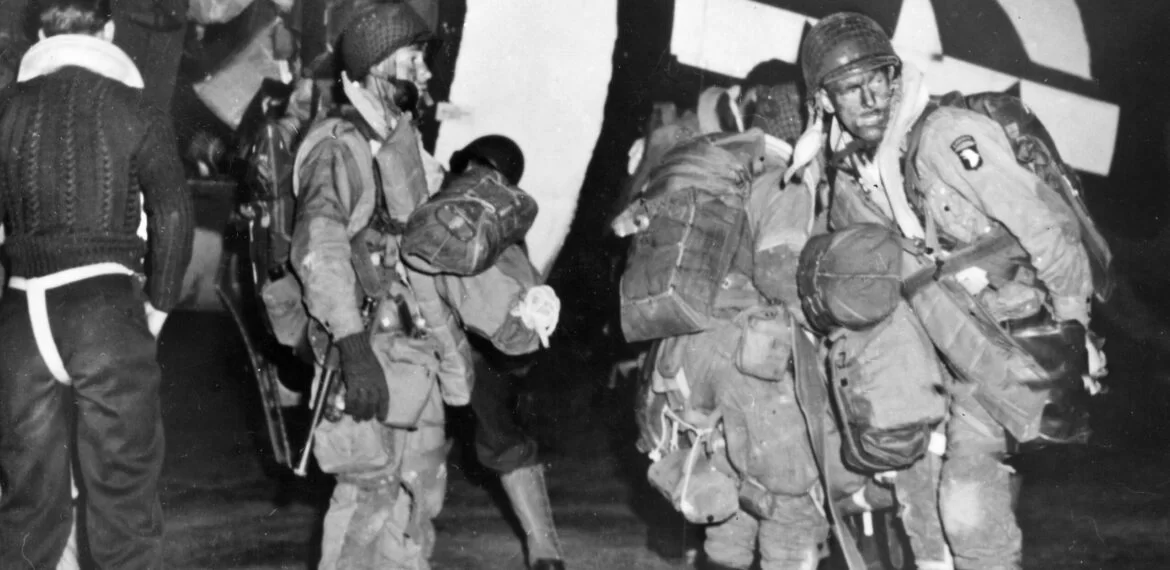
0 Comments